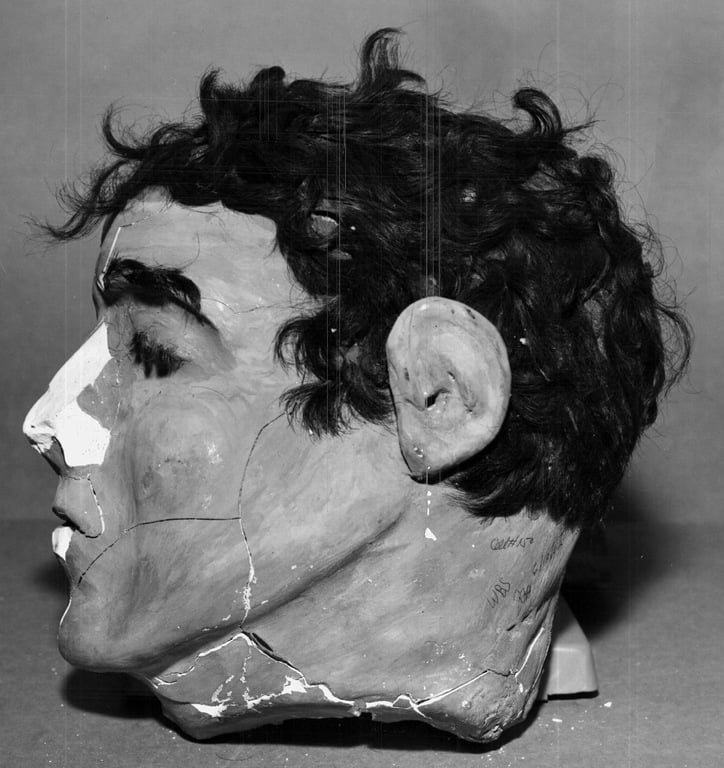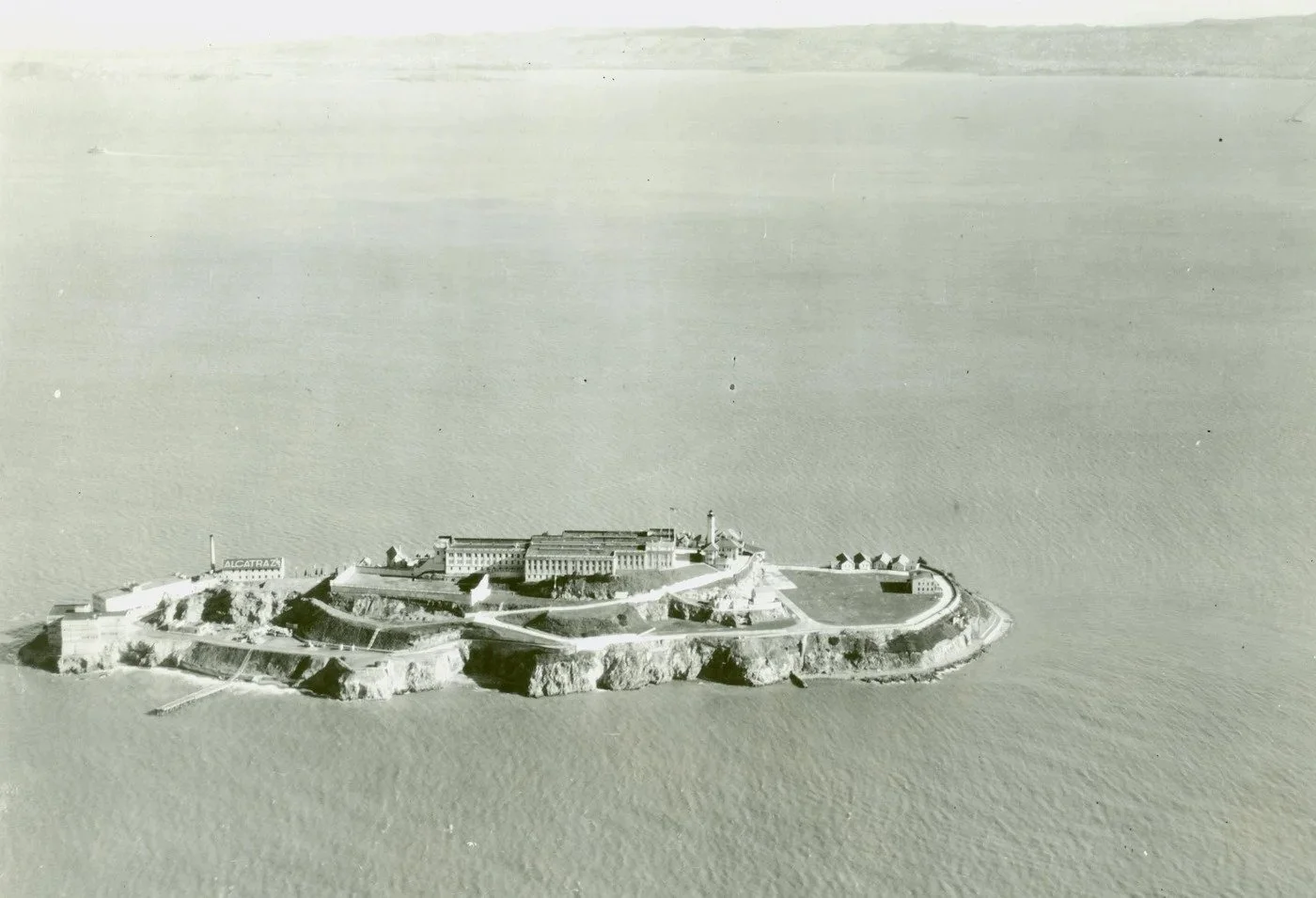Paul Bernardo & Karla Homolka’s Reign of Terror
/Content Warning: This post contains mentions of sexual assault and murder. Reader discretion is advised.
IMAGE COURTESY OF UNKNOWN
Paul Bernardo, famously known as the Scarborough Rapist, is arguably one of the most controversial Canadian killers in our history. His crimes, remembered for their brutality and execution, forever changed the view on criminal justice and public safety in the surrounding areas. Alongside his wife, Karla Homolka, Bernardo committed heinous acts of inhumane cruelty that continue to haunt the victims’ family.
Between 1987 and 1990, young women were reportedly being raped in the areas surrounding Scarborough, Ontario. These incidents caused unsettling panic among the community due to the lack of identity of the perpetrator. Later, in court, Paul Bernardo would admit to the sexual assault of at least 14 women, earning him the nickname ‘The Scarborough Rapist.’
The Murders
By December 1990, Bernardo and Homolka were engaged and living at her family’s home in St. Catherine’s, Ontario. One evening, while Homolka’s parents were asleep, the couple drugged and raped Homolka’s sister, Tammy Homolka, leading her to choke on her own vomit and later pass away. Afterward, Bernardo and Karla cleaned up the crime scene and called first responders to the scene, pretending to be unaware of what had caused such a tragic death. Although Tammy's death was ruled an accident, the brutal nature of her drugging, rape, and the couple's negligence marks the first of their heinous acts, sparking the beginning of their criminal partnership and reign of terror.
Following the death of Karla's sister, the couple's sadistic crimes escalated, and they unwaveringly carried on their torture of other young girls. Leslie Mahaffy, a 14-year-old girl from St. Catherine’s, Ontario, was abducted by Bernardo and Homolka on June 15th, 1991, after being lured into the couple’s car. During her captivity at the couple’s home, she was subject to hours of brutal torture and sexual assault, all of which were recorded, then examined, and ultimately destroyed by the Ontario government. Mahaffy’s death was horrific and cold-blooded. After being strangled and drugged with substances Karla had acquired from her veterinary technician job, her dismembered body was found encased in concrete, her braces and dental records confirming her identity.
IMAGE COURTESY OF POST MEDIA FILE
Ten months after the death of Mahaffy, the couple posed as lost tourists and abducted Kirsten French, a 15-year-old schoolgirl, while she was walking home from school. While Kristen was giving Karla directions, Bernardo attacked her from behind and forced her into their vehicle. On the way to their residence, Homolka held Kristen by her hair, forcing her to obey their demands. French was then held captive for 3 days, enduring the same suffering, torture, abuse, and rape Mahaffy did. Her body was later discovered naked and thrown in a ditch with all of her hair shaved off.
The Convictions
In 1993, police identified Bernardo as the ‘Scarborough Rapist’ after DNA evidence linked him to the crimes that had been traumatizing the community. After his arrest, the prosecution in the 1995 trial used the uncovered videotapes as their main source of evidence. The graphic footage revealed harrowing assaults and murders in chilling detail, leaving zero doubt about his guilt. Bernardo was convicted of multiple charges, including first-degree murder, and sentenced to life in prison with the possibility of parole after 25 years. Bernardo remains in a medium-security prison 190 kilometres from Montreal. In exchange for her testimony against Bernardo, Homolka received only 12 years for manslaughter. This plea deal is often considered highly controversial as the videotapes revealed that Homolka had a direct hand in all of the murders. Homolka has since been released and lives in Quebec under a new identity. Although the quiet life she’s trying to live is often disrupted when her true identity is revealed to her community, forcing her to uproot her life elsewhere.
IMAGE COURTESY OF ALEXANDRA NEWBOULD/THE CANADIAN PRESS
On November 26th, 2024, Bernardo, for the third time, stood in front of a parole board and pleaded to be released. This request, like every other attempt, was denied after emotional and heartfelt testimonies were given from the remaining family of both Mahaffy and French. For years, Bernardo has continued to torment both families for the sake of his own benefit, exhausting all legal avenues and parole opportunities only to get denied each time. For the family, this isn’t just a legal proceeding. It’s a continuous and cruel reopening of traumatizing wounds that drags them back into nightmares they have tried to heal from. Bernardo will likely never be released, and these families are determined to ensure it stays that way.
Rachael LeBlanc is a student at Algonquin College currently studying in the Professional Writing program. She has moved across Canada throughout her life and currently lives in Ottawa, Ontario. She has a passion for poetry, fashion, ancient history and competitive horseback riding. With a strong interest in writing about true crime and all of the thought-provoking, gripping stories that come with it, Rachael is determined to captivate audiences with the ghoulish details of true crime and horror.















